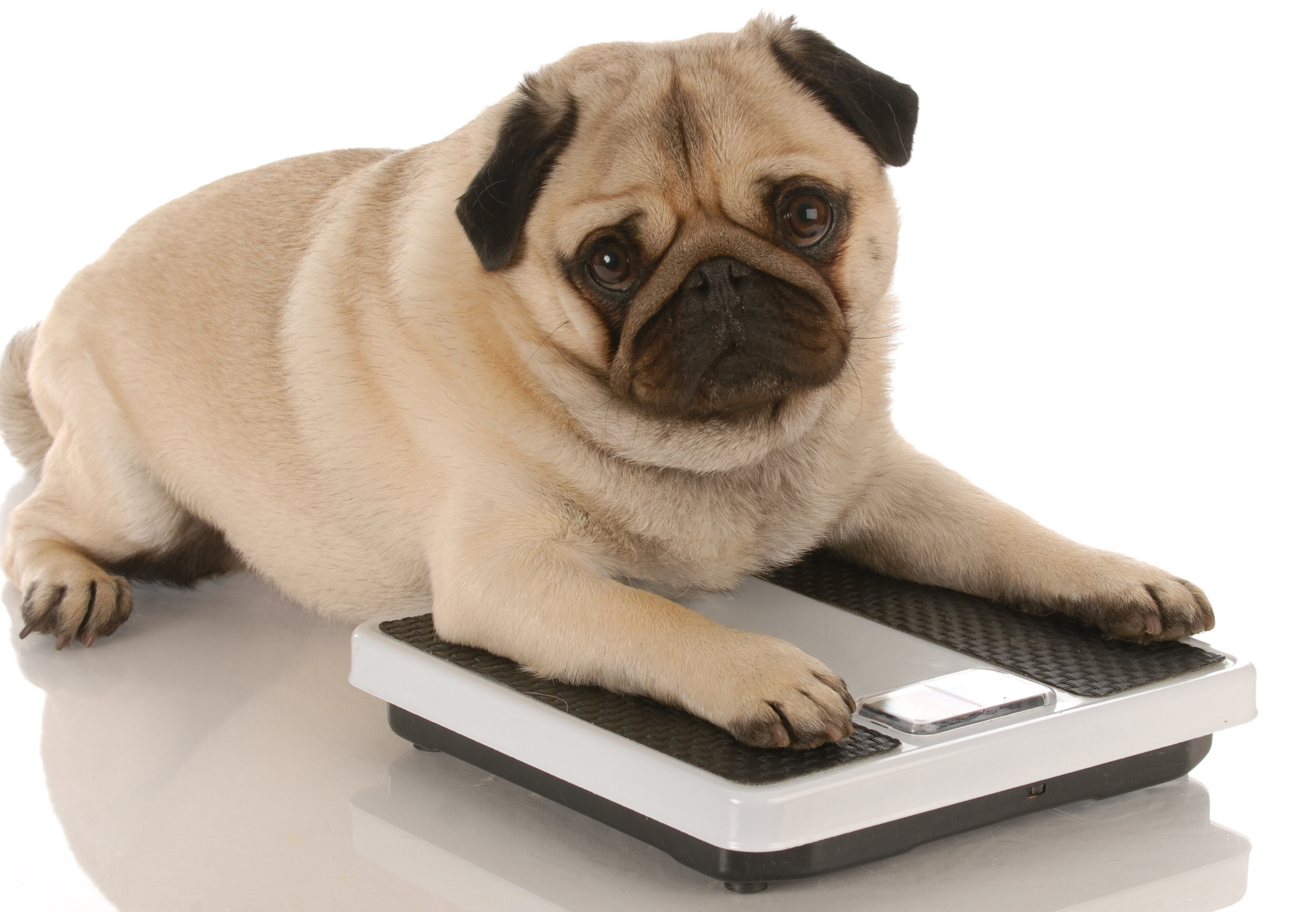How Do I Know if My Dog or Cat is Overweight?
According to the Association for Pet Obesity Prevention, 60% of cats and 56% of dogs are overweight or obese. You’re probably wondering, “How do I know if my pet is overweight?”. If you’re wondering, read on:
There are several things to know and a few factors to periodically check regarding your pet’s weight. You may have heard that using a Body Mass Index (BMI) chart is a helpful guide in figuring out the ideal weight for a human. Similarly, for dogs and cats, there is a guide called the Body Condition Score (BCS). BCS scales usually range from 1-5 or 1-9 and measure the ability to feel bones and see the fat on your pet. Using the 1-9 point system is the larger scale that allows detection of more subtle changes. On the 1-9 scale, a 4.5/5 of 9 is usually the ideal body weight for your pet. Note that using the smaller 1-5 scale, a 4.5/5 of 5 would mean that your pet is obese.
Now that you know about Body Condition Score, here are some features to look for regarding your pet's’ weight:
A quick and at-home way to determine if your pet is overweight or obese, is to look at your pet. You are looking at his ribs, spine, and hip bones to see how much fat covers these bones. Also, you are looking at your pet from above or from the side to see how his waist and abdomen are shaped. A dog or cat at a healthy weight will allow you to see an hourglass figure looking down at him from above and the abdomen should be tucked in behind the rib cage if you are looking at him from the side.
Another at-home method is to feel your pet’s ribs. Put your thumbs on his backbone and spread both hands across your pet’s ribcage. You should be able to feel each individual rib under a thin layer of fat.
The following chart from the Journal of the American Animal Hospital Association is a visual guide.
Canine and feline obesity shouldn’t be taken lightly. Just like humans, pets can develop diseases associated with obesity. If overweight or obese, dogs can develop osteoarthritis (inflammation of the joints), cystitis/urinary tract disease, hypothyroidism, hepatitis (inflammation of the liver), hepatopathy (lesions on the liver), ligament injuries, diabetes, intervertebral disc disease (slipped or herniated disc), chronic renal disease (kidney disease/failure), congestive heart failure, and lipomas (benign fatty mass).
Cats can also develop the same diseases plus hypertension (high blood pressure), gall bladder disorder, asthma, and spondylosis (disease of the spine).
If you suspect that your pet may be overweight/obese, contact the Bredel Veterinary Clinic at HART for Animals about steps you can take to help your furry family member lose his excess weight. A first consideration to manage a pet’s weight is obviously his diet. A pet’s diet should be chosen based on caloric restriction desired, how overweight/obese your pet actually is, and preferences of you and your pet. However, before a diet is started, it is important to check with your veterinarian and make sure that everyone in your pet’s life is interested and is going to follow directions for the diet. Figure out how many cans/cups of food a day to limit your pet to and, if possible, weigh out the food on a scale. It is also best to set a caloric target for your pet. HART for Animals sells Hill’s, Purina, Royal Canin, and Nutrisource pet foods.
Exercise is also very important to manage a pet’s weight. Exercise has many benefits such as helping to preserve lean muscle mass, increasing caloric outlay, and promoting behavior that helps pets to lose weight. Getting a dog to exercise shouldn’t be too hard. Try taking your dog on a 5-minute walk three times a day. If possible, try to gradually increase your walks until you or your pet’s limit is reached or once a total of 30-45 minutes a day has been reached. Cats, on the other hand, may be a bit more difficult to exercise. Try some hunting/stalking simulations to get your cat up and exploring the house. Try buying toys that mimic animals that a cat would stalk such as a mouse, bird, lizard, rabbit, or bug. You could also try using a laser pointer or cat tower to get a cat more active.
Overall, be sure that you don’t give in to those personalities and give your pet treats or table scraps at every cute expression or meow. In many cases, an overweight pet is the result of the relationship we share with our pet as we try to show love through food. Please monitor and maintain your pet’s healthy weight and be the best fur parents you can be!


